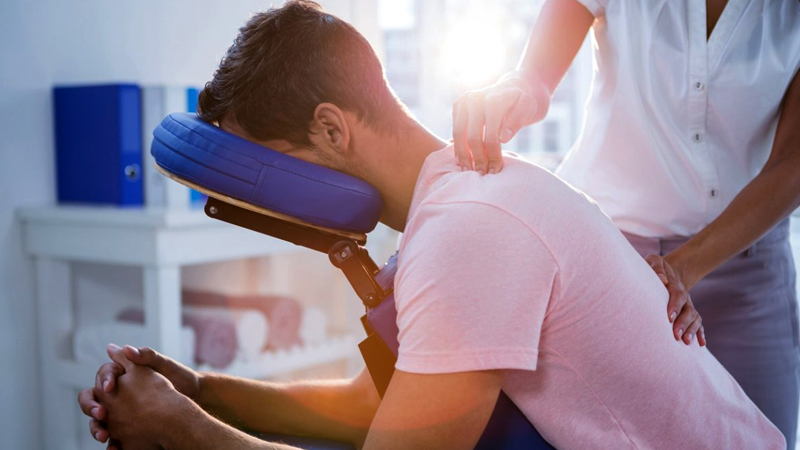
The paralysis or restricted movement of a limb following a stroke leads to a reduced ability to drain fluid from the area and eventually to swelling of the limb. Massage techniques have been shown to help dilate the superficial Blood Vessels and increase blood flow to an area. This increase in blood flow, improved lymphatic drainage and reduction in swelling can help to improve the function of the affected area and reduce the pain associated with swelling.VisitBest Pain Therapies in Nerul.
Pain therapies use various methods to alleviate or reduce the individual's experience of pain. These therapies can target different aspects of pain, including its physical, emotional and psychological components.Below are some common pain therapies and how they work.
Medications:Pain-relieving medications such as analgesics, anti-inflammatory drugs, muscle relaxants and opioids are commonly used to treat pain.These medications work by targeting specific signalling pathways in the body that are involved in the transmission of pain signals or by reducing inflammation that contributes to the pain. Consult Best Pain Therapies in Nerul.
Physical therapy: Physical therapy includes exercises, stretches and manual techniques aimed at improving flexibility, Strength and mobility while relieving pain. Physical therapists may also use modalities such as heat, cold, ultrasound or electrical stimulation to relieve pain and promote healing.
Acupuncture: Acupuncture is a traditional Chinese medicine technique in which thin needles are inserted into specific points on the body to stimulate nerve fibres, muscles and connective tissue. This stimulation can trigger the release of endorphins and other neurochemicals that contribute to pain relief and relaxation.
A Stroke can lead to changes in mental, emotional and physical functioning.A wide range of treatments can be used to improve disability after a stroke, including physiotherapy, occupational therapy and massage therapy. After the initial acute phase of a stroke, massage therapy can help treat the effects of a stroke, including.Visit Best Pain Therapy in Nerul.
Paralysis or restricted movement of a limb after a stroke leads to a reduced ability to drain fluids from the affected area and eventually to swelling of the limb. Massage techniques have been shown to help dilate the superficial blood vessels and increase blood flow to an area. This increase in blood flow, improved lymphatic drainage and reduction in swelling can help to improve the function of the affected area and reduce the pain associated with swelling.We Have an Excellent team of Pain management specialists in Nerul.
Massage therapy is a therapeutic technique that promotes the healing of muscles and other soft tissues by applying force to the tissue. This can be done by palpation, rolling, kneading, rubbing or pressing in combination with other techniques
Complementary and Alternative Therapies:
Acupuncture:Insertion of thin needles into specific points on the body to stimulate nerves and release endorphins, which are natural pain-relieving chemicals.
Massage therapy: Manipulation of soft tissues to promote relaxation, improve circulation, and reduce muscle tension and pain.
Herbal remedies: Certain herbs and supplements, such as turmeric, ginger, or capsaicin cream, may have analgesic properties and be used to alleviate pain.
Surgical Interventions: In some cases, surgery may be necessary to address the underlying cause of pain, such as in cases of severe trauma, structural abnormalities, or certain chronic conditions like osteoarthritis.
It's important to work with healthcare professionals to develop an individualized pain management plan that addresses your specific needs and preferences while minimizing risks and maximizing benefits. Combination therapies, including both pharmacological and non-pharmacological approaches, are often the most effective for managing chronic pain and improving overall well-being.